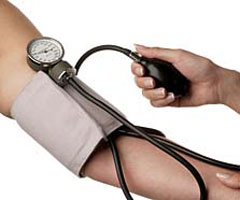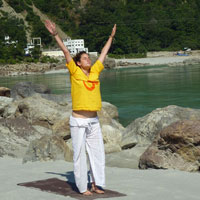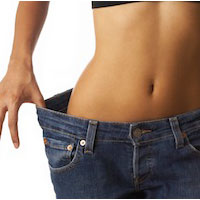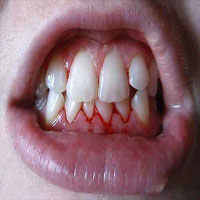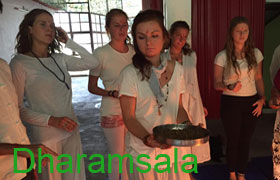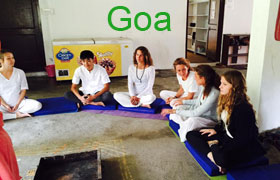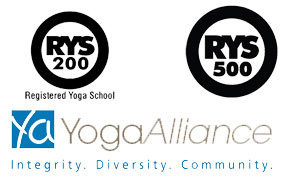Arterial Hypertension is commonly known as high blood pressure. It is defined as the force with which the blood pushes against the walls of arteries while flowing through them. Arteries are the blood vessels which carry oxygenated blood from the heart to the tissues of the body. Blood pushes itself against the inner side of the walls of the arteries as it flows through. The more the pressure exerted by the blood on the walls of the arteries the higher will be the blood pressure. The size of arteries also will affect the blood pressure. If the size of the artery is small the pressure would be higher. Therefore when the muscular walls of the arteries relax or dilate, the pressure of the blood flowing through them will be low. If the walls of the arteries are narrow or constricted, the blood pressure will be higher than in the prior case. When the heart beats to push the blood the blood pressure is at its highest value and it is at its lowest value when the heart relaxes. The blood pressure is called the systolic pressure when heart beats and it is called the diastolic pressure when the heart is at rest. The blood pressure is measured in terms of millimeters of mercury. For an instance 120/80 mm Hg indicates that the systolic pressure is 120 and diastolic pressure is 80. Hypertension is considered one of the major problems, especially because it shows no symptoms at all. Most of the people who suffer with it, does not even know it. It is more common in men than women and even more commonly seen in people aged above 65. Hypertension has the highest risk factor. It eventually makes the person vulnerable to heart diseases and other health problems. In order to avoid serious problems one should get regular check-ups and treatment as soon as it is diagnosed. It may lead to arteriosclerosis, heart attack, heart stroke, enlarged heart or damage to kidney if left untreated.
The yoga teacher training in Goa can teach you to handle through the practice of simple asanas namely shavasana, uttana padasana.
Shavasana
It is a posture of rest. In this posture, the body is completely at rest without any movement similar to a corpse. Hence it is named as shavasana. The word “shava” in Sanskrit signifies corpse. This asana can relish your mind, body and soul.
Procedure
You must first lie down on your back to practice shavasana. Keep your legs one and half or two feet apart. Place your palms on the floor adjacent to your body. Keep your body relaxed and head straight facing the ceiling and practice shareer dharana, prana dharana and prana samyamana. Shareer dharana is a process of contemplation of each part of your body entering a deep state of relaxation with no movement absolutely. The practiser observes each part in sequence from toes to head entering this mode of relaxation. The body enters a state of trans. Prana dharana is the next stage. In general, the oxygen which is we breathe in is distributed to every part of the body automatically. But the practice of prana dharana enables us to control the flow of oxygen to every part of the body at our will. The next stage, Prana Samyamana is the process of concentrating over the breath.
Precautions
Though it is very simple asana it still needs certain precautions to be taken.
1. People suffering with back ache should not practice this asana.
2. People suffering with low BP also should not practice this asana.
Benefits
1. Shavasana fills happiness, peace and bliss in your life.
2. It eliminates resentment, anxiety, envy, jealous and anger.
3. It is very helpful in curing heart related problems, high blood pressure, anxiety, insomnia, diabetes and nervousness.
4. It proves to be relieving if done at the end of practice of a set of asanas. It makes your body feel relaxed after a tiring workout.
5. It highly efficient in curing hypertension as it can effectively relieves stress.
Uttana Padasana
Procedure
1. Lie on your back with your feet together, legs and arms straight, palms facing the ground adjacent to your body.
2. While inhaling, progressively raise your legs to the angles of 30, 60 degrees and then to 90. Pause slightly at each angle keeping your knees straight.
3. Raise your toes upwards at 90 degrees keeping your body on the ground from the head to coccyx. Hold on in this posture for some time. Then slowly go back to the initial position while exhaling in the reverse order of the stages without bending the knees.
Benefits
1. This asana is helpful in curing nervousness, constipation and weakness.
2. It strengthens abdominal and intestinal muscles.
3. It can effectively cure hypertension.

